Krishnamurti: the philosopher and his Swiss gatherings
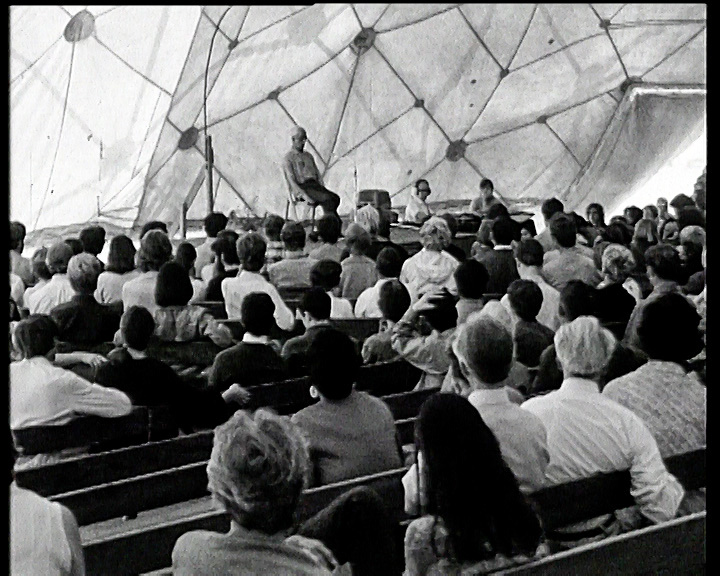
For 25 summers, a sleepy Swiss mountain village attracted thousands of visitors eager to listen to the charismatic thinker Jiddu Krishnamurti.
It’s 1975. Oil prices are going through the roof, the Vietnam War finally is ending, and Jaws is creating a bloodbath in cinemas.
Australian Henri Quin is 28 years old, fresh out of university and with no plans beyond a longing to travel to exotic India or Bali. While pondering his future, he works as a fruit picker in the hills of Adelaide.
One day, on a trip to the big city, he sees a poster at a health shop about Indian philosopher Jiddu Krishnamurti. Two years earlier, Quin’s mother had taken him to Sydney to listen to the man.
“I was impressed and interested but only at university did I start to read him seriously. People called me ‘Krishnamurti kid’ for a while because it was all I was thinking about,” he told SWI swissinfo.ch.
Soon afterwards, the self-confessed “hippie dropout” decided to travel through Europe and meet Krishnamurti in Switzerland, where he gave his annual summer talks in the mountain village of Saanen.
Jiddu Krishnamurti was born in Madanapalle, a small town in southern India on May 11, 1895. He was raised as a future prophet by members of the Theosophical Society, an esoteric group that saw itself as a bridge between eastern and western philosophies. In 1911 was declared the head of an organisation called the Order of the Star in the East, a role he later renounced in dramatic fashion to the dismay of his followers.
“I maintain that Truth is a pathless land, and you cannot approach it by any path whatsoever, by any religion, by any sect. That is my point of view, and I adhere to that absolutely and unconditionally,” he said.
He dissolved the organisation and for nearly 60 years, until his death in 1986, he travelled the world, talking to large audiences and to individuals about the need for a radical change in humankind.
He taught that tradition and the environment conditioned people and burdened them with egos that divided them from others. According to him, true freedom could only be obtained when conditioning was overcome – or, as he put it, when people free themselves from “the content of their consciousness”.
Despite being regarded as a guru by many, Krishnamurti rejected the label and during public talks simply referred to himself as the “speaker” whose platform gave him no authority.
Saanen as a spiritual hub
Krishnamurti’s connection to Saanen, in mountainous southwestern Switzerland, began in 1957. The previous year he had fallen ill while giving talks in India and had cancelled all public engagements to recover. Nora Safra, a follower, invited him to spend some time at her chalet in the nearby ski resort of Gstaad. According to Mary Lutyens, who wrote a book about him called J. Krishnamurti: A Life, it was during this time he conceived of an annual gathering that would reduce the need for him to travel so much and strain his health.
He would return to Gstaad again in 1961, staying with his friend and yoga exponent Vanda Scaravelli at her chalet. The day after his arrival, Krishnamurti wrote about the calming influence of Saanen in his notebook.
“The body is completely relaxed and at rest here. Last night, after the long and lovely drive through the mountainous country, on entering the room, sacred blessing was there.”
His visit was not all about rest and recuperation though. A small gathering had been arranged for him in nearby Saanen at the village town hall. In total nine meetings were held between July 25 and August 13, and the town hall, which had a capacity of 350, was filled every time. Listeners from 19 nationalities were said to have attended.
A special committee called the Saanen Gatherings Committee was formed to organise a series of public talks in subsequent years. Thus, the first official gathering took place in 1962. It was a bigger affair and held in a domed tent that could accommodate 900 people.
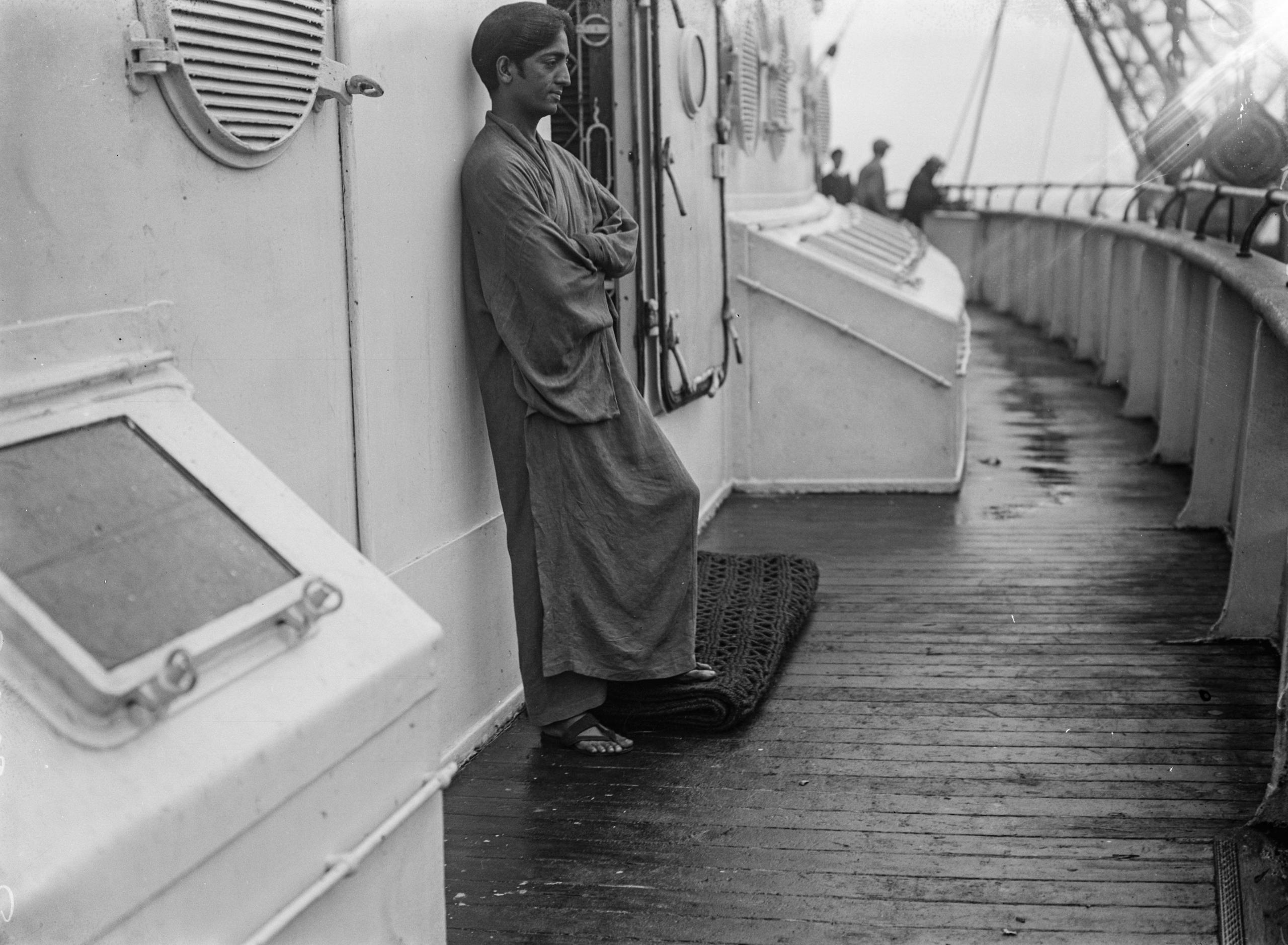
Celebrities and hippies
The Saanen Gatherings grew in size and reputation and thousands of people flocked to the village each year to attend. Some of the notables who came to see Krishnamurti in Saanen include writer Aldous Huxley, violinist Yehudi Menuhin, aviator Charles Lindbergh and actor Richard Gere.
“I remember the young people who came to hear Krishnamurti. They slept in stables and stole strawberries from my garden, but I didn’t mind,” says Franziska Haldi, a local who is now 77 and vice-president of the board of the Saanen Agricultural Museum.
She was an usher at a concert held at the Saanen church at the time of the 1971 Gathering. Besides Menuhin, French cellist Maurice Gendron and Indian sitarist Ravi Shankar were due to perform. Haldi was showing people to their seats when she spotted a hippie climbing up to the pulpit reserved for the priest.
“I tried to stop him, but he said, ‘Don’t get excited, baby’.”
Despite the presence of a few hippies, the Saanen Gatherings were no Burning Man or Woodstock. “The atmosphere was clean. You didn’t want to be seen drinking beer or smoking. There was no loud music, drunkenness or taking drugs,” Quin says.
He remembers how participants would organise themselves into walking and hiking groups that would go off into the mountains on days when there were no talks.
End of an era
The summer of 1985 was to be the last of the Saanen Gatherings. Krishnamurti, now 90, was in poor health. He was staying in Rougemont in a chalet rented by his follower Friedrich Grohe, a retired industrial magnate who wrote a book called The Beauty of the Mountain: Memories of J. Krishnamurti. According to Grohe, Krishnamurti’s doctor had advised him to rest in bed after each talk. His daily walk along the River Saane was reduced to a stroll.
Despite his waning physical condition, Krishnamurti managed to deliver all his public talks. The news that it was to be the last Saanen Gathering had spread. Krishnamurti addressed the elephant in the room in his characteristic fashion in the first question-and-answer session after the talks.
“I’ve been told there are so many people who are sad at leaving, ending Saanen. If one is sad, it’s about time that we left,” he said.
Quin was also present at the last Saanen Gathering in 1985. He did not have to stay in a barn this time even though he was still broke. His mother had come all the way from Australia to join him and rented an apartment in the village.
“She died a couple of years later. I was glad we spent that month together,” he says.
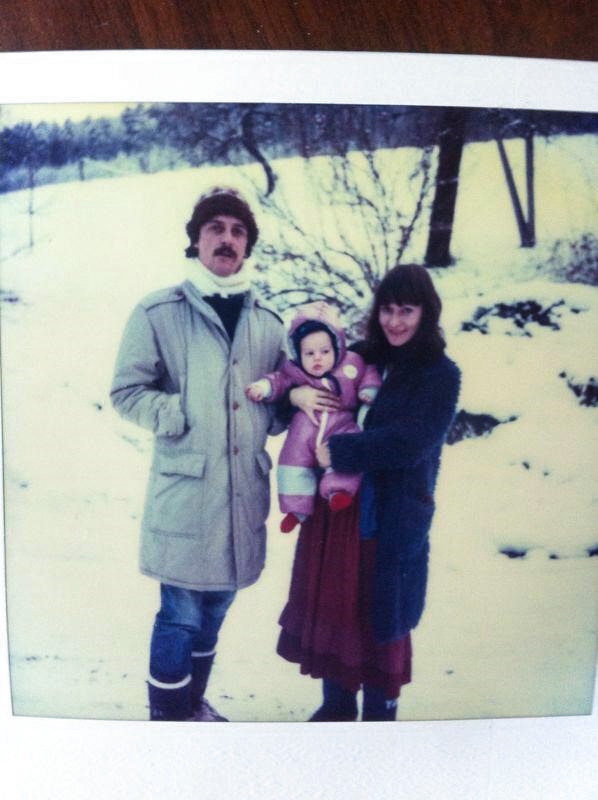
In 2020 an exhibition on the Gatherings was held at the Saanen Agricultural Museum. It was funded by a foundation set up by Grohe.
“The exhibition attracted more people than we expected, and we had to extend it to two seasons instead of one. It was a success and brought new visitors to the museum,” says Stephan Jaggi, president of the museum’s board.
Swiss legacy
After the final Saanen Gathering, Krishnamurti returned to Brockwood Park, a school he had founded in the UK, and then embarked on his last trip to India. He died in 1986 in Ojai, California, less than year after his last summer in Saanen.
However, Krishnamurti’s Swiss legacy did not end with his death. Gisèle Balleys, a teacher at the Brockwood Park school who later helped organise the Saanen Gatherings, continued the tradition even in the absence of Krishnamurti.
At its peak, around 2,000 people continued to discuss Krishnamurti in Saanen until the village became too commercial for Balleys’ liking. The location was shifted to Mürren, another Swiss mountain village, where the gatherings continue to this day despite the pandemic.
“As long as there are human beings, they will gather and discuss Krishnamurti’s teachings,” says Balleys, who is now 86.

In compliance with the JTI standards
More: SWI swissinfo.ch certified by the Journalism Trust Initiative










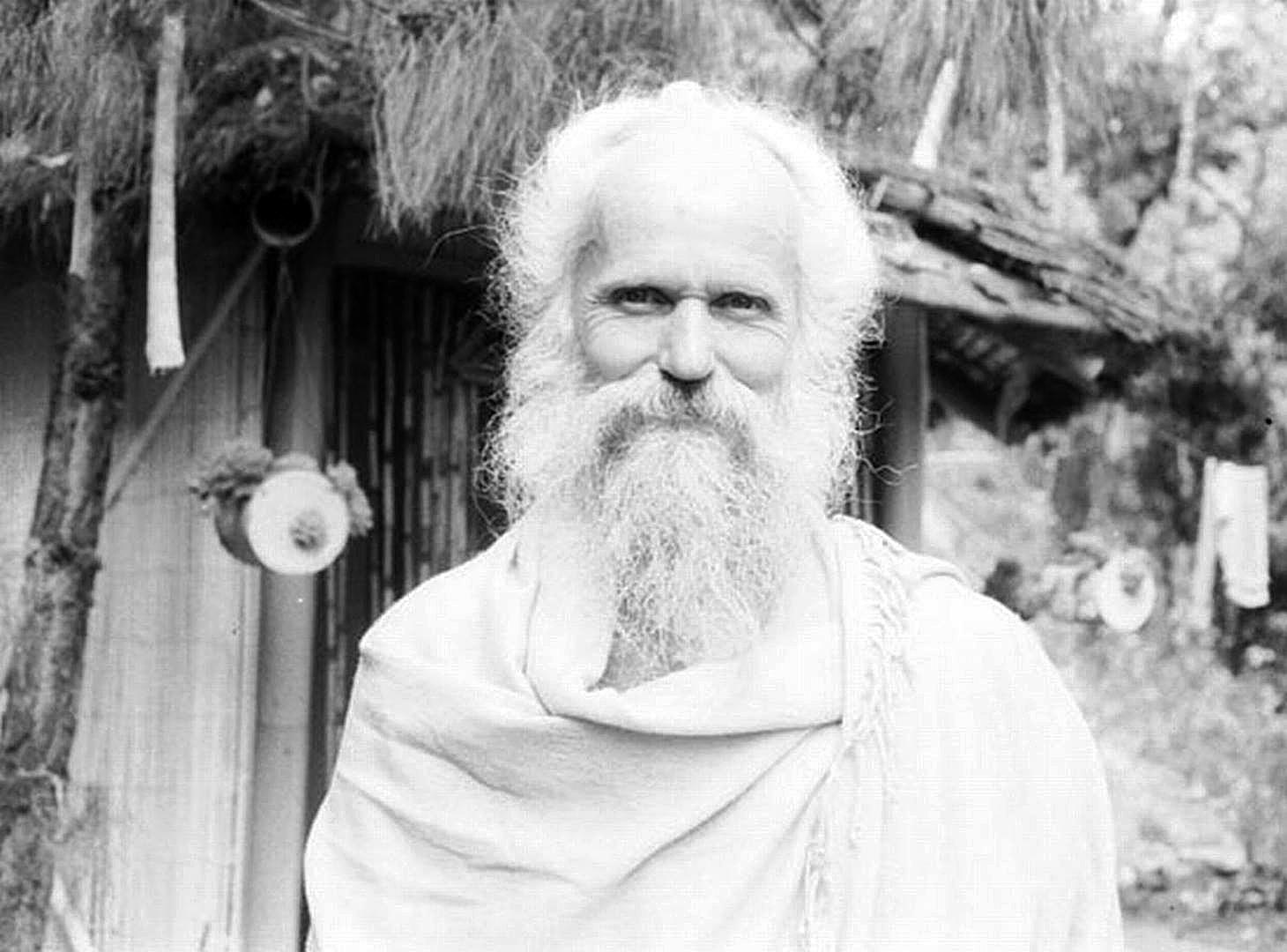

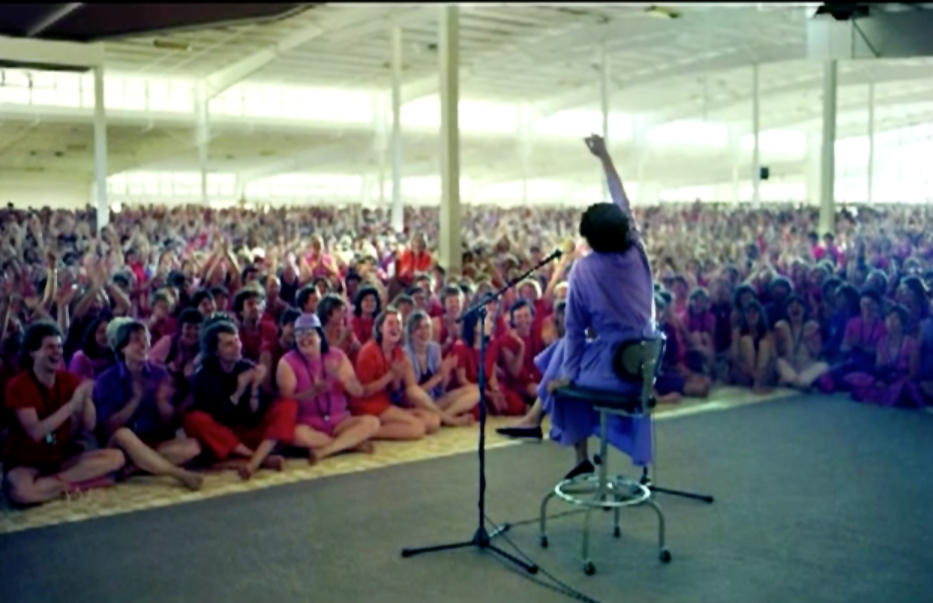


You can find an overview of ongoing debates with our journalists here . Please join us!
If you want to start a conversation about a topic raised in this article or want to report factual errors, email us at english@swissinfo.ch.